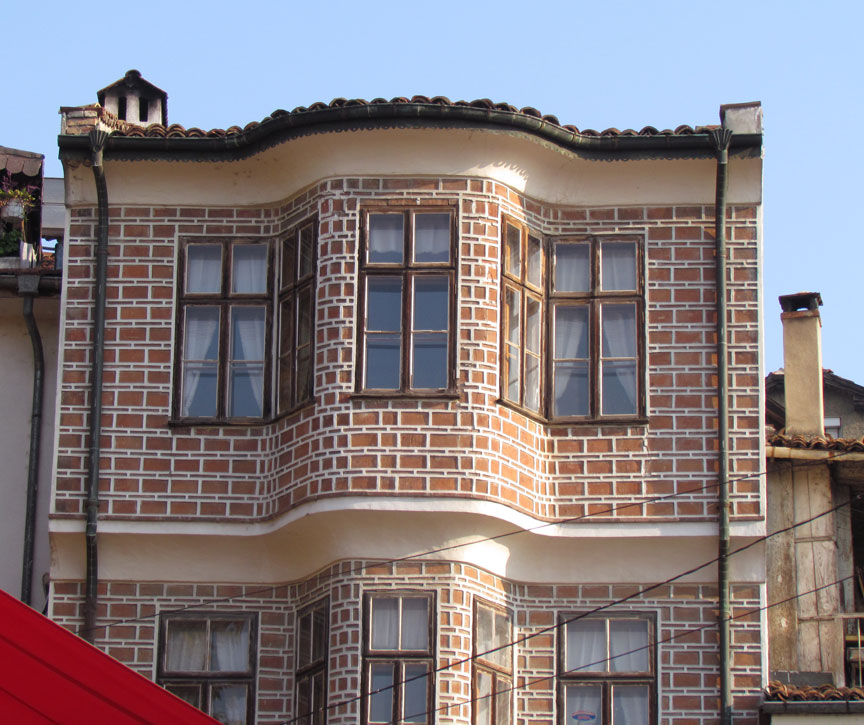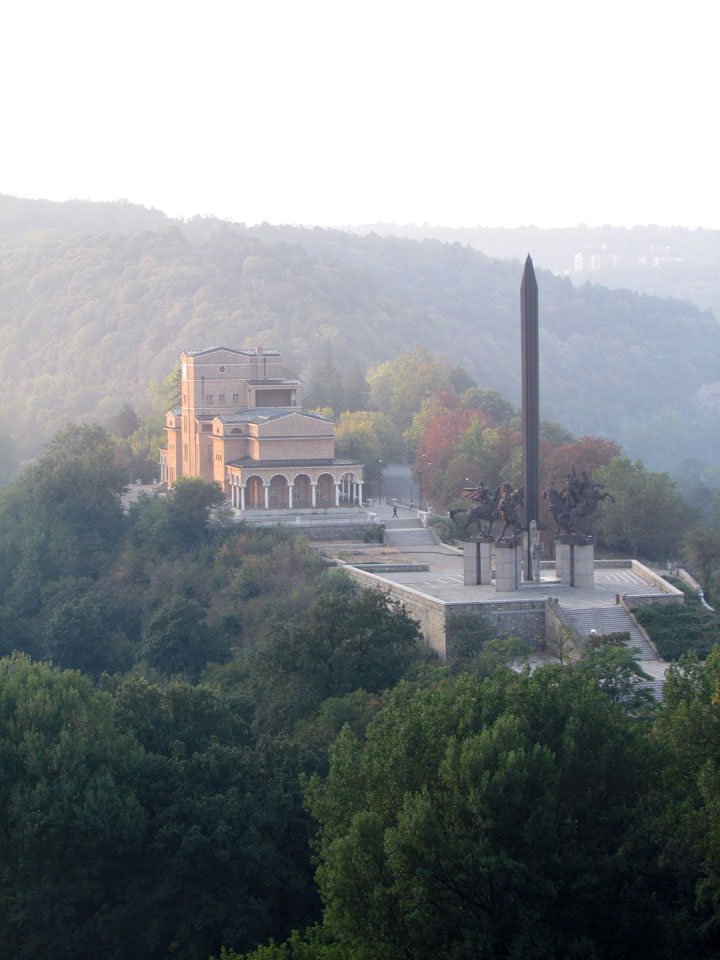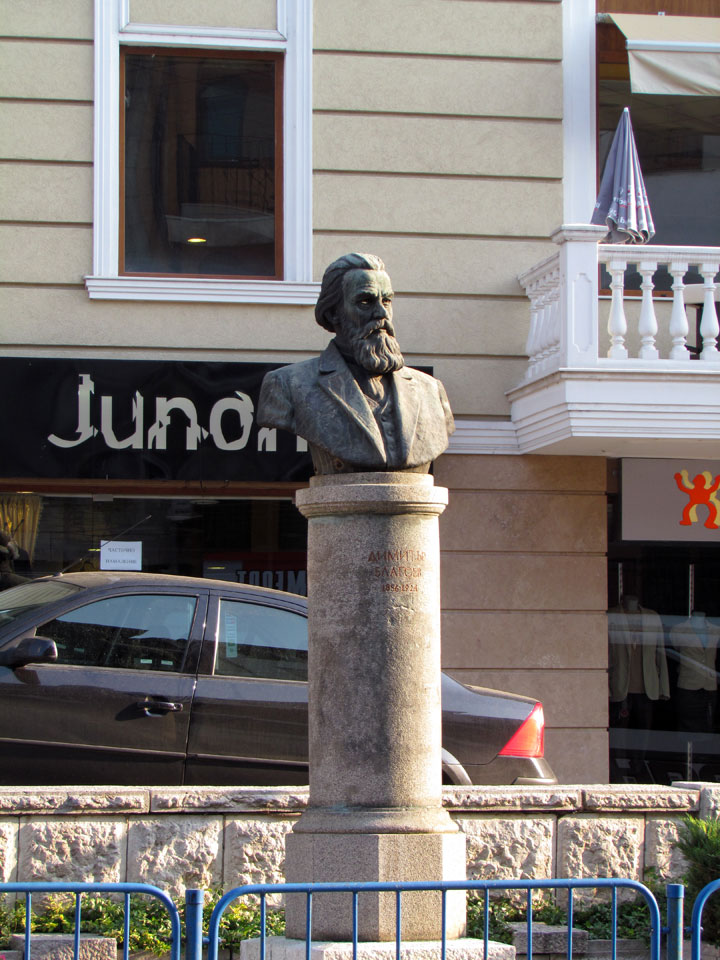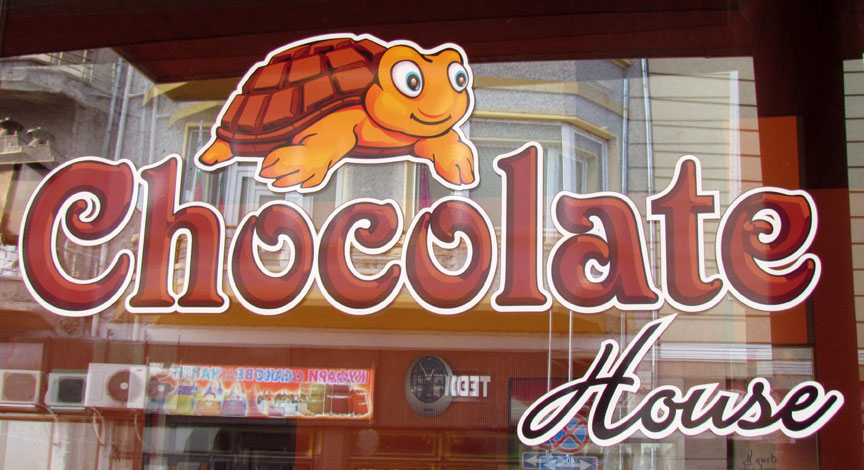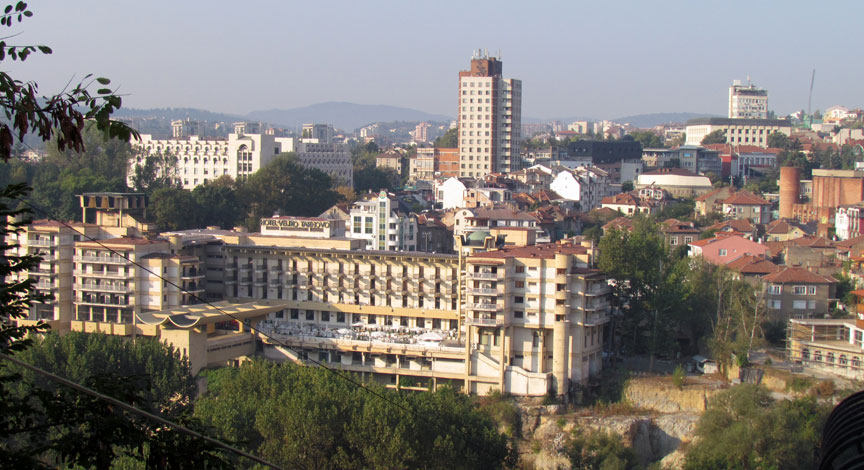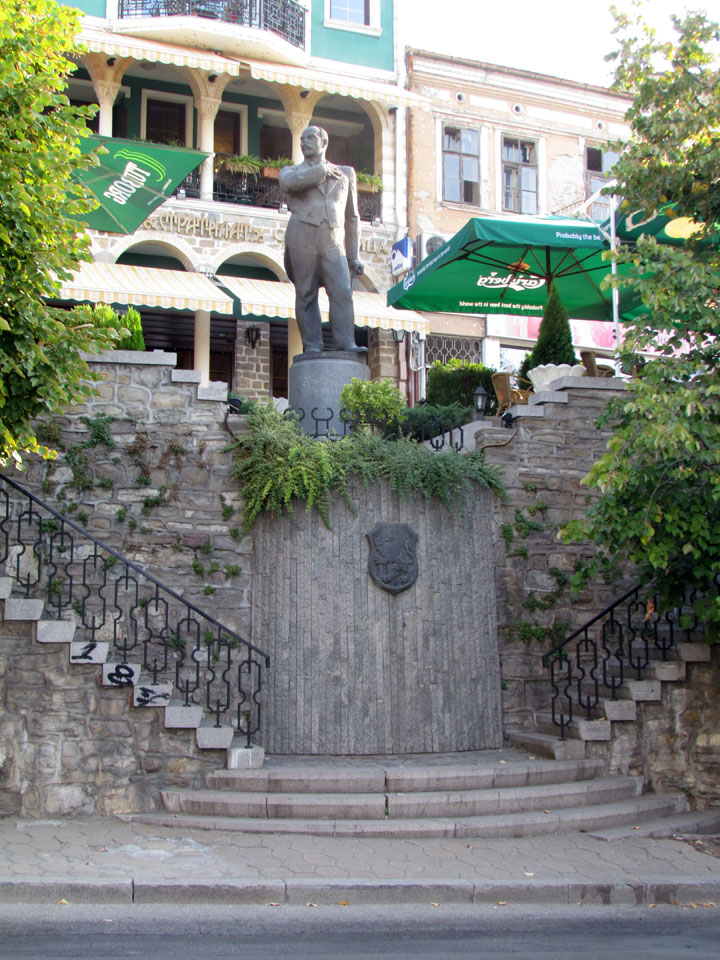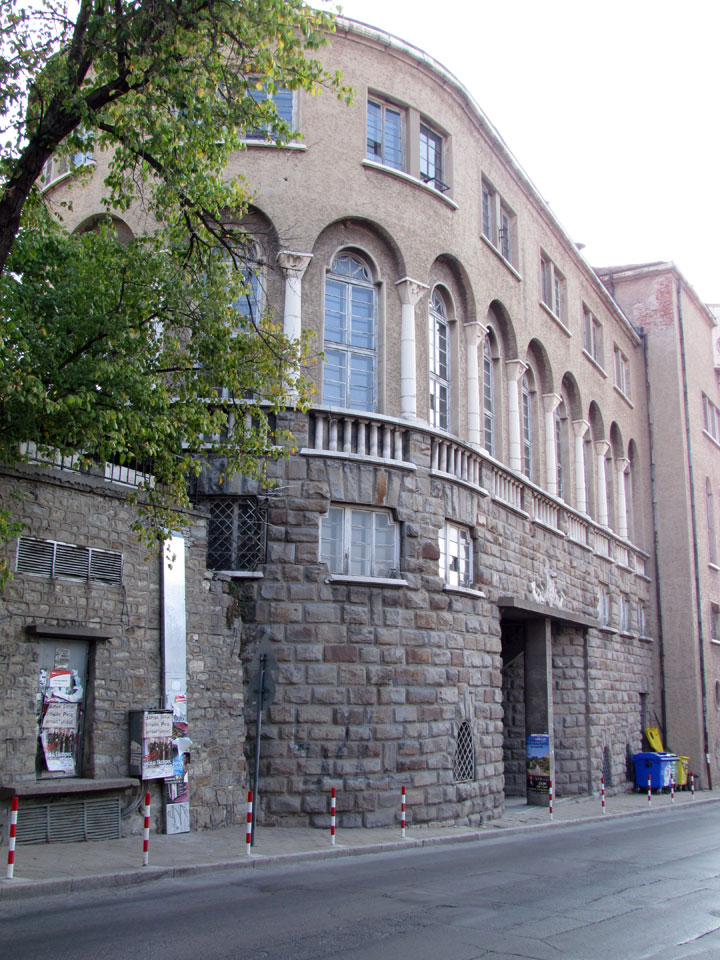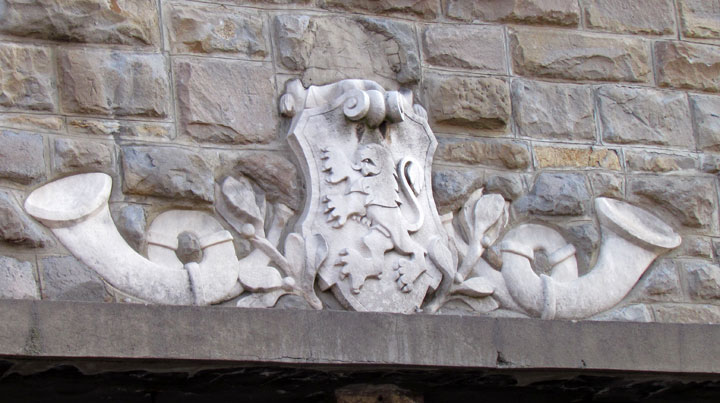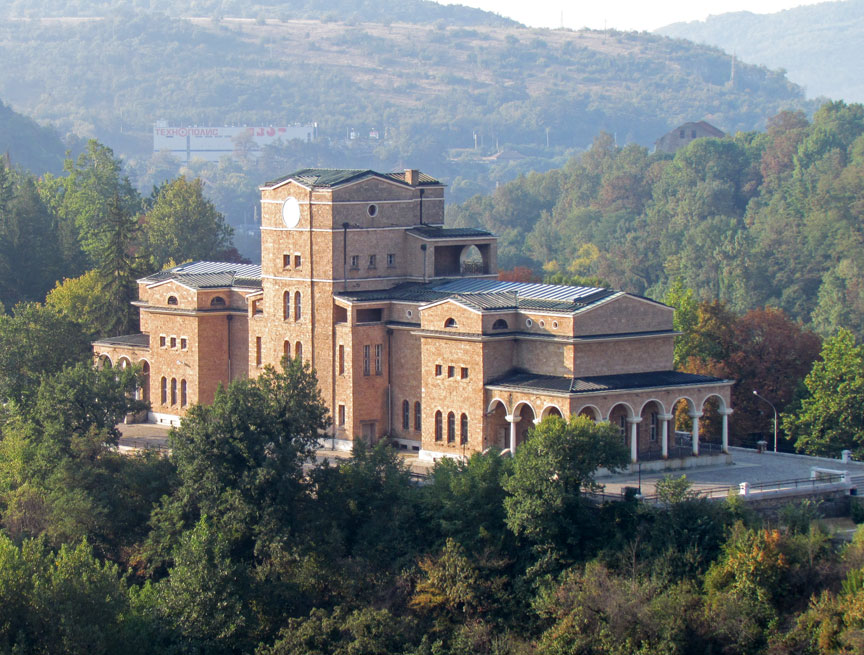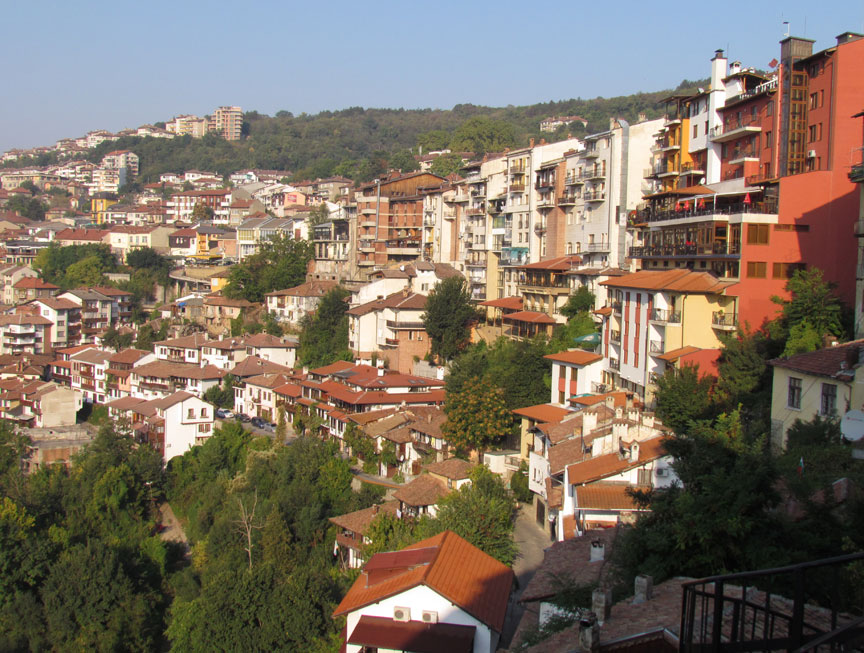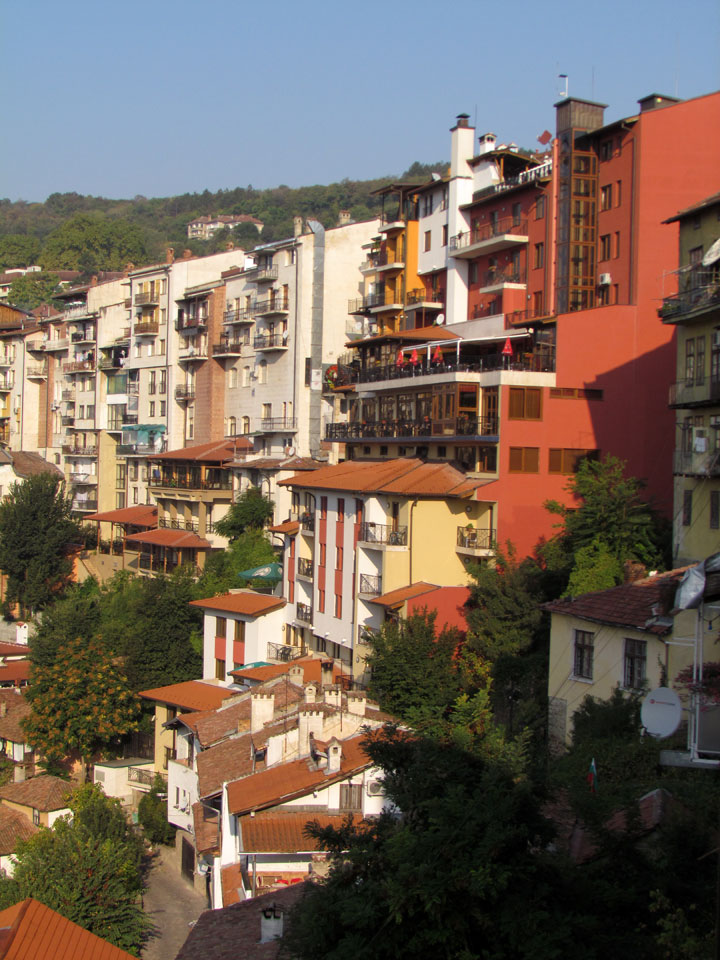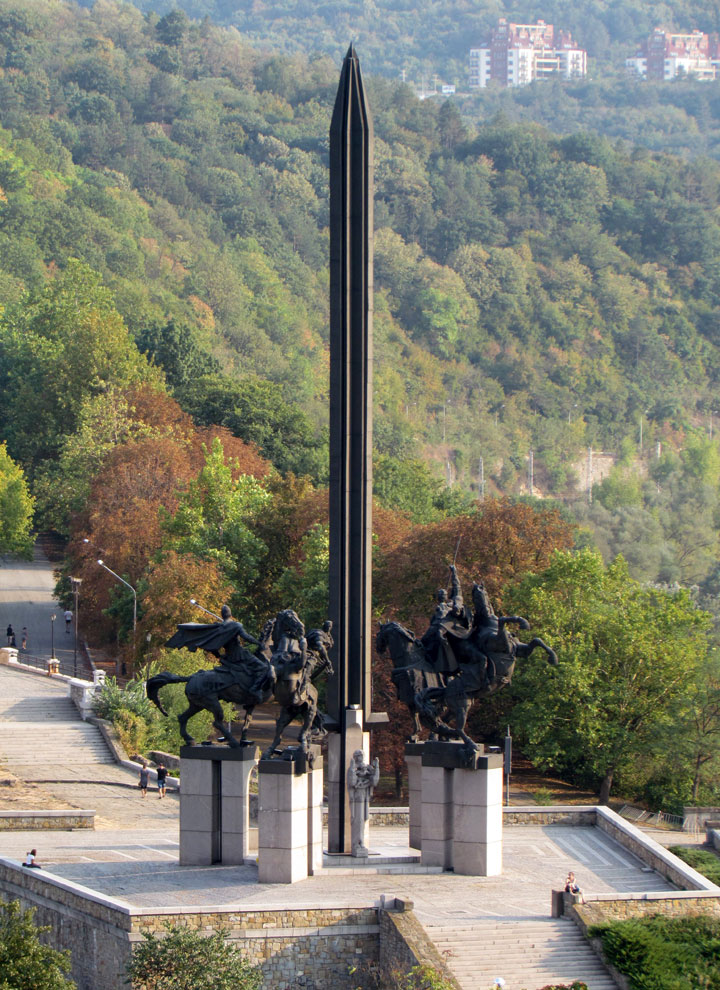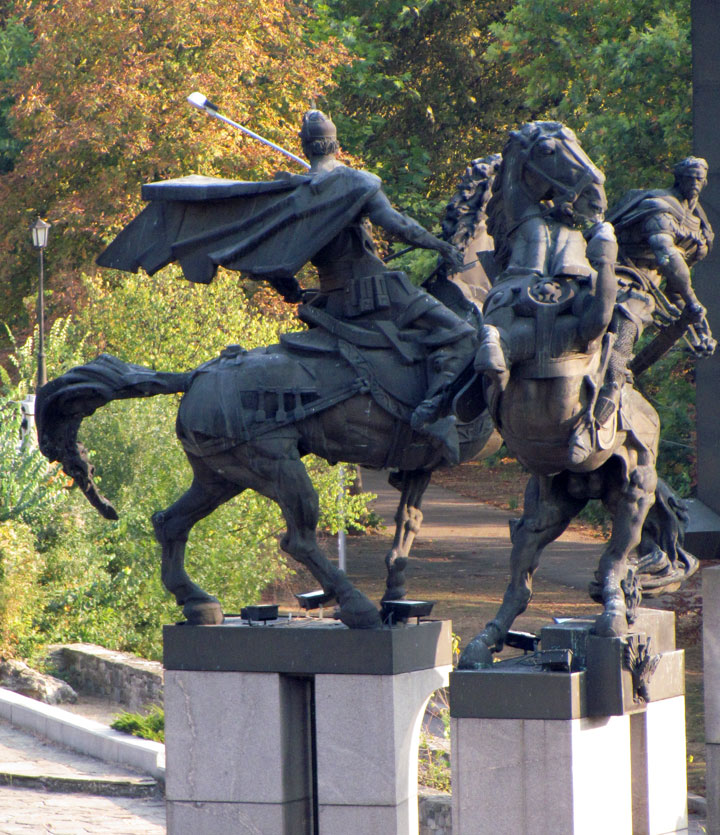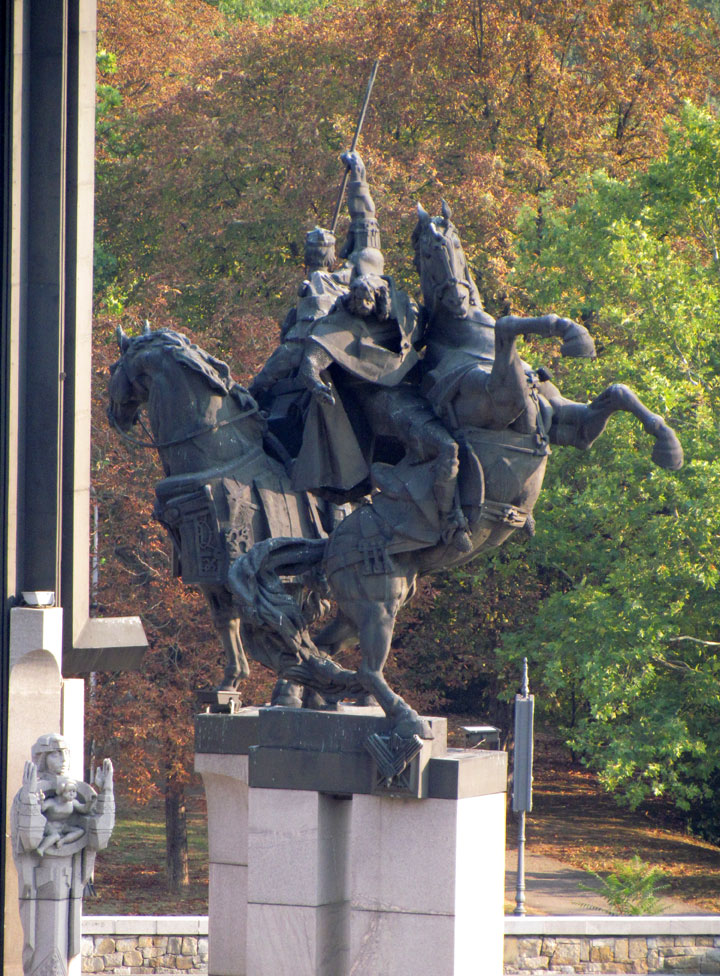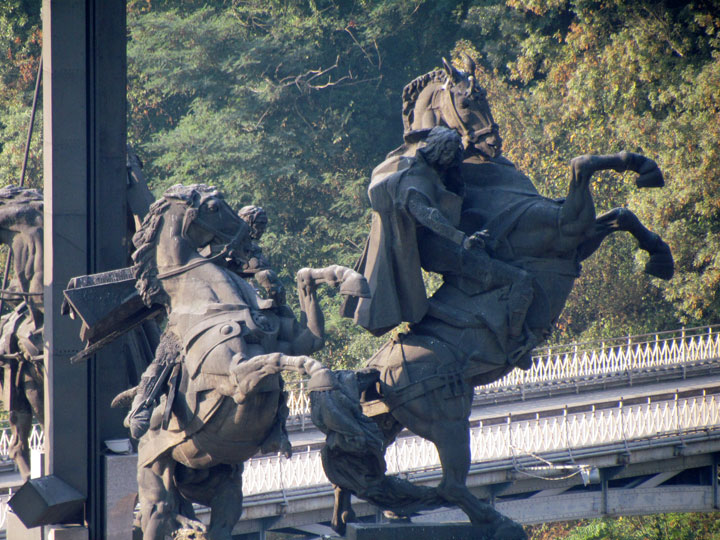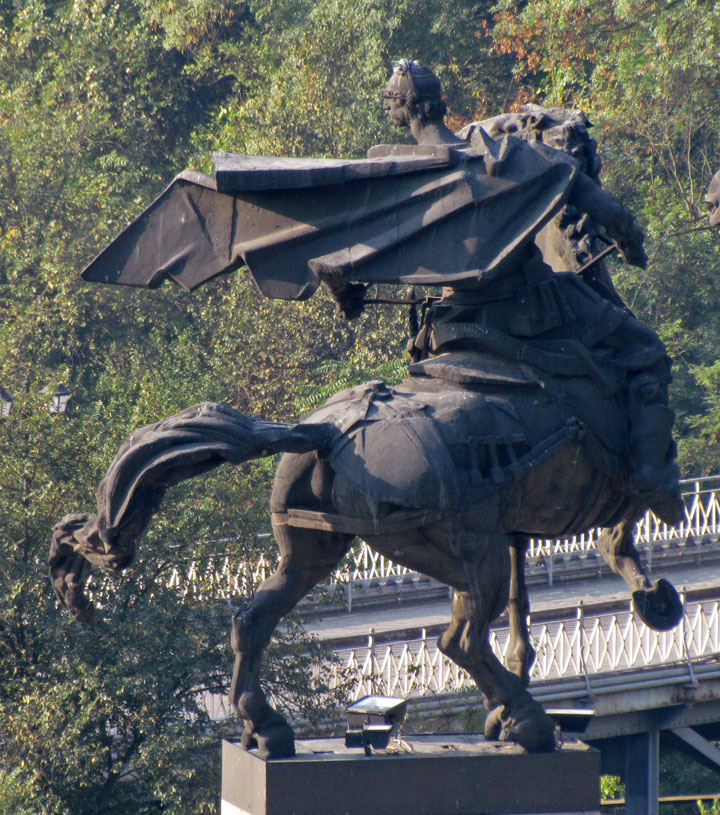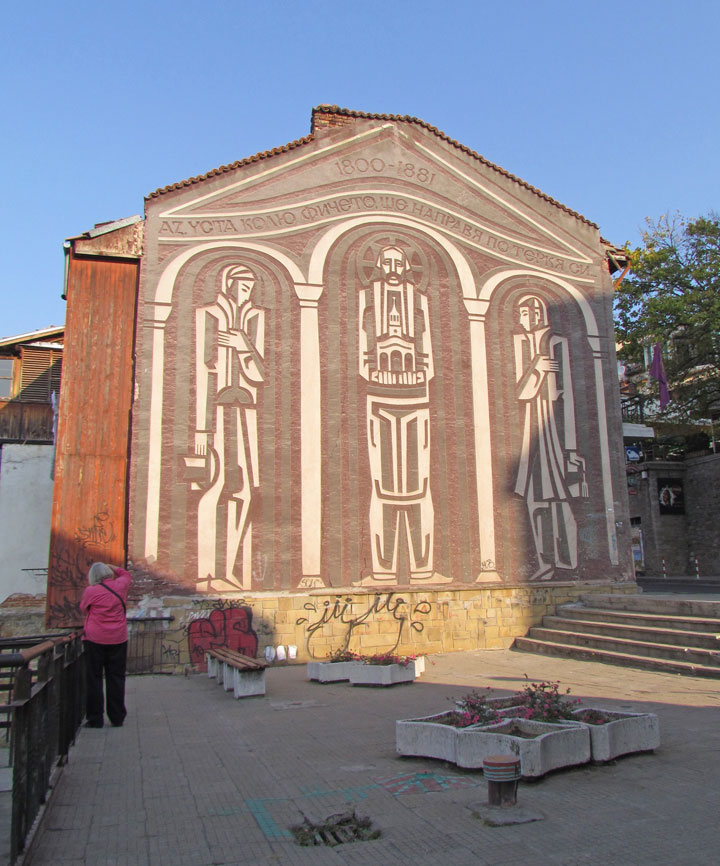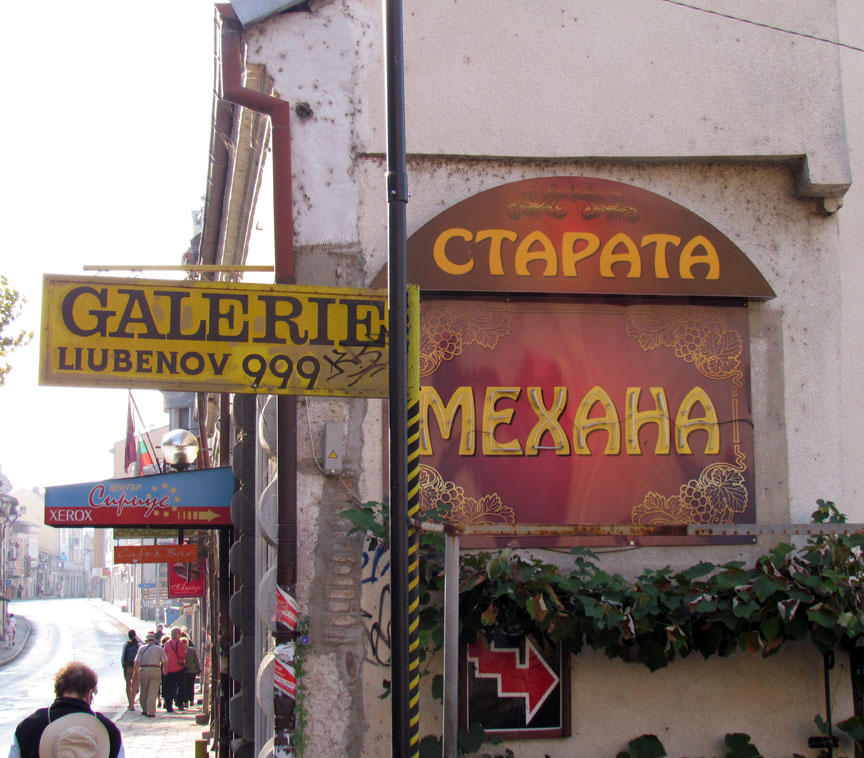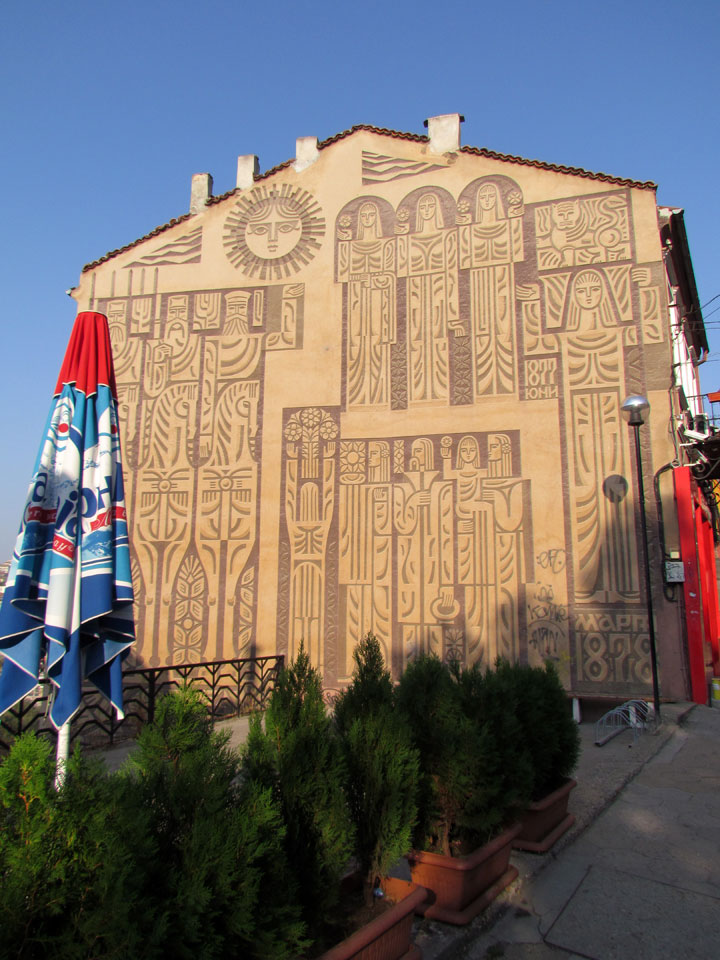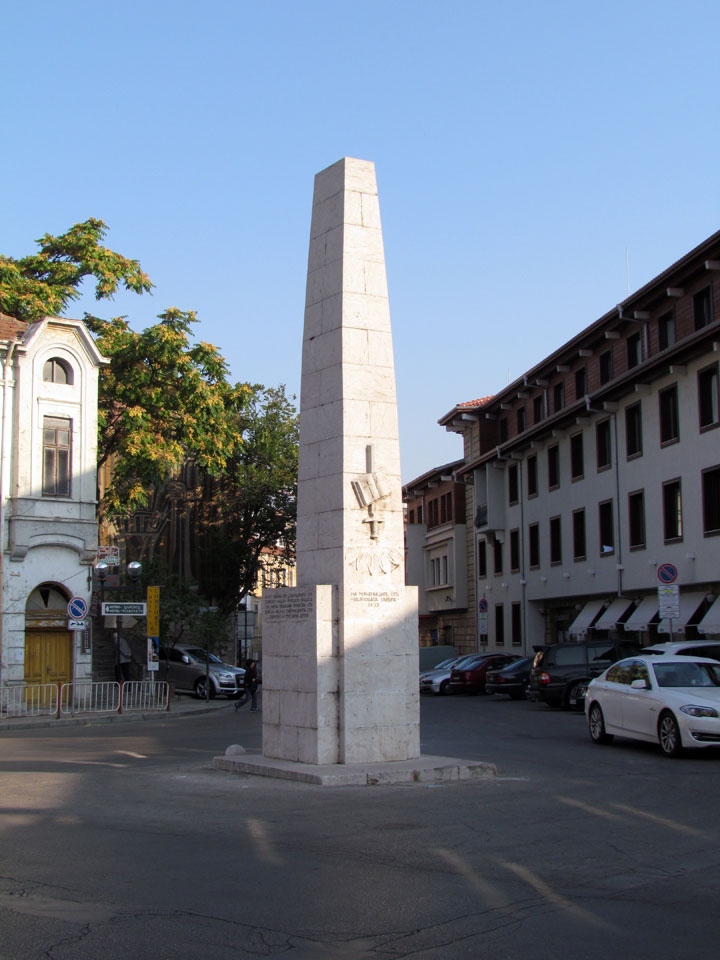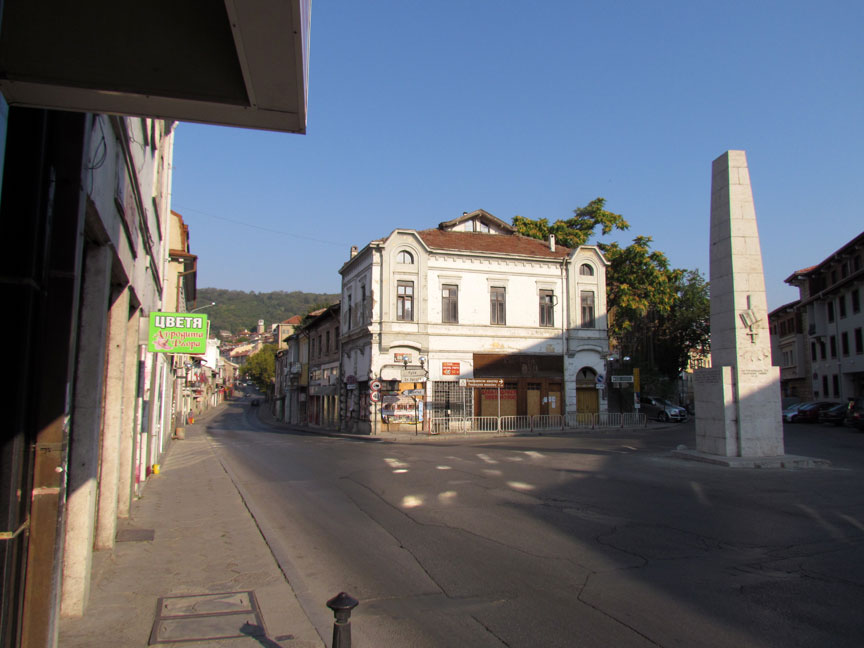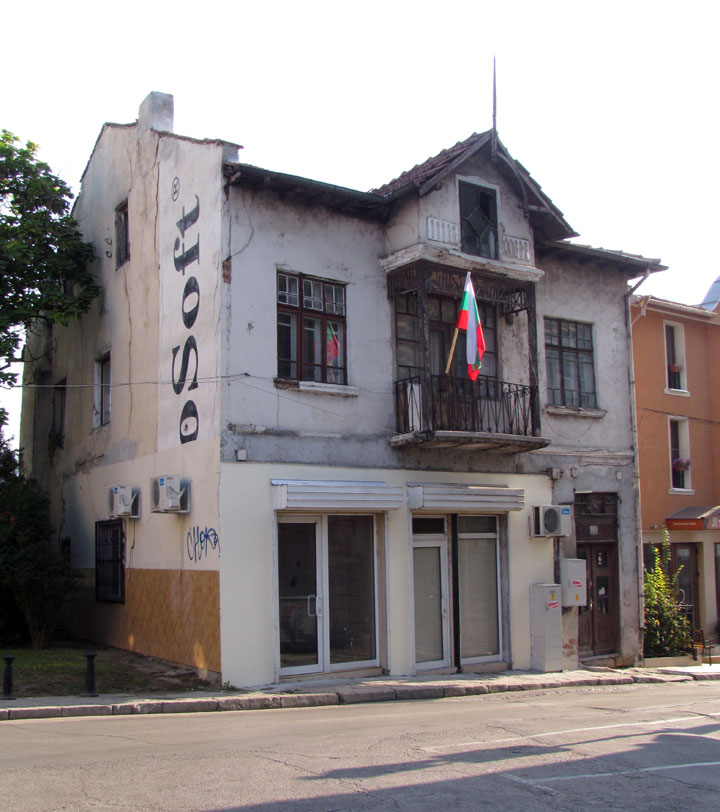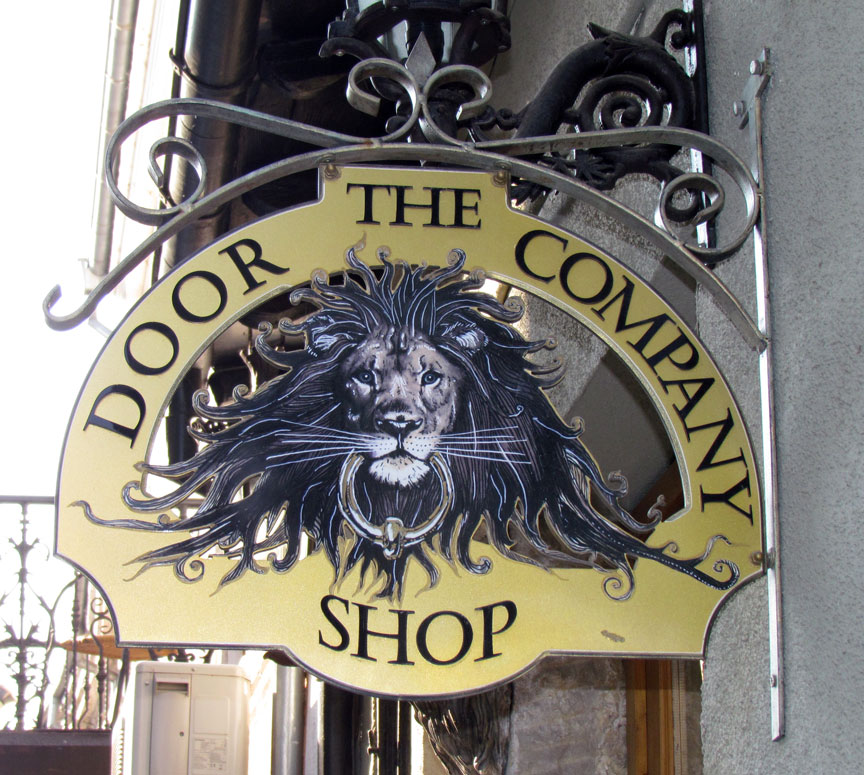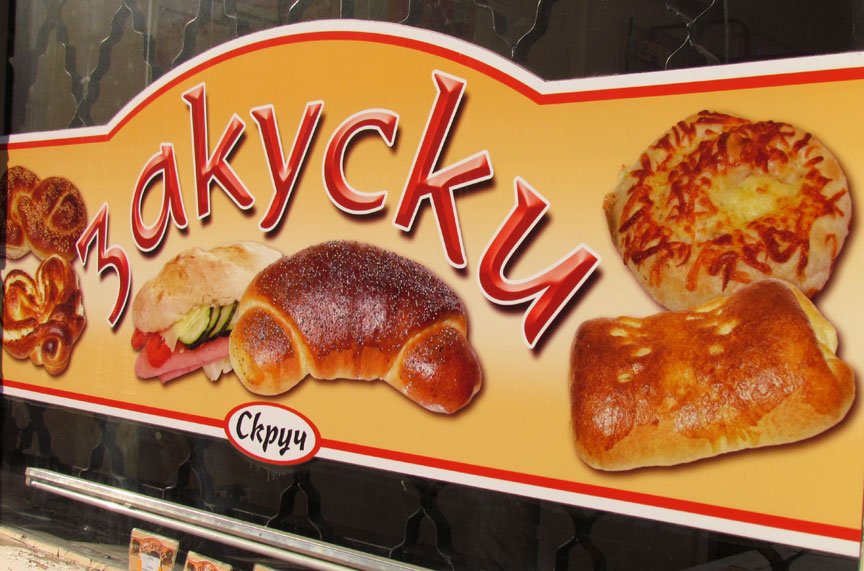

Veliko Tarnovo
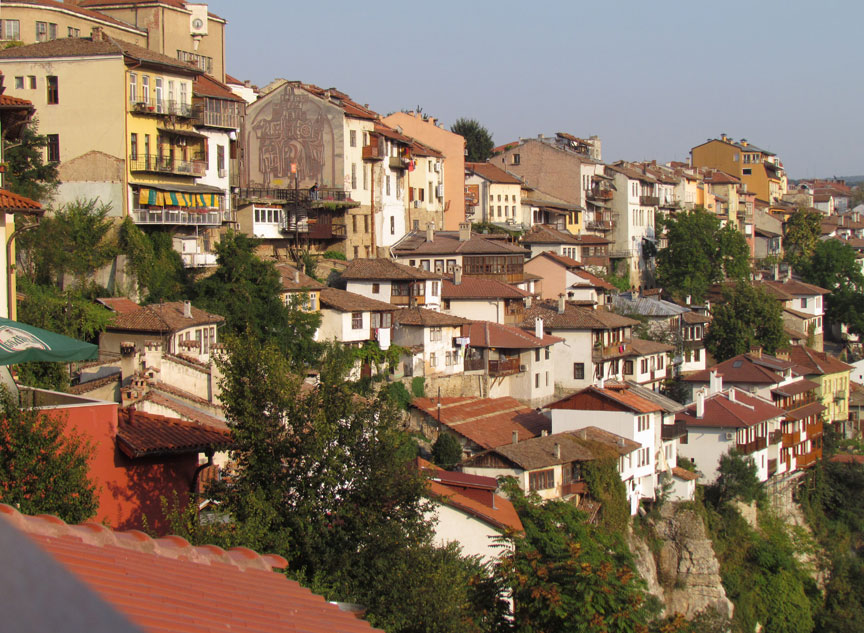
Veliko Tarnovo
Veliko Tarnovo (Bulgarian: Велико Търново, Veliko Tŭrnovo) is a city in north central Bulgaria and the administrative centre of Veliko Tarnovo Province. Often referred to as the "City of the Tsars", Veliko Tarnovo is located on the Yantra River and is famous as the historical capital of the Second Bulgarian Empire, attracting many tourists with its unique architecture. Until 1965 the name of the town was Tarnovo, and this is still the common name. The old city is situated on three hills, Tsarevets, Trapezitsa and Sveta Gora raising amidst the meanders of the Yantra. Tsarevets housed the palaces of the Bulgarian Emperors and the Patriarchate with the Patriarchal Cathedral, as well as a number of administrative and residential edifices surrounded by thick walls. Trapezitsa was known for its many churches and as the main residence of the nobility. In the Middle Ages it was among the main European centres of culture and gave its name to the architecture of the Tarnovo Artistic School, painting of the Tarnovo Artistic School and literature.
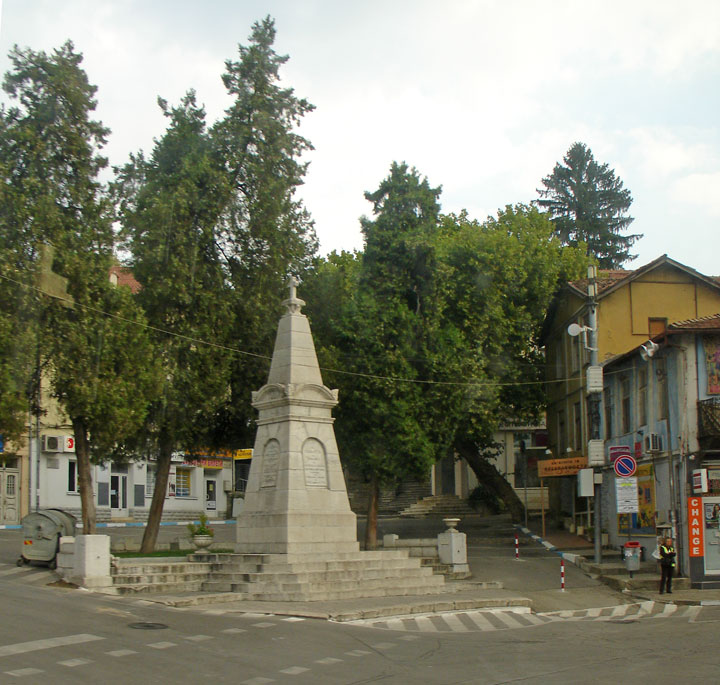
Veliko Tarnovo is an important administrative, economic, educational and
cultural centre of Northern Bulgaria. As of February 2011, the town has a
population of 68,197.Veliko Tarnovo is one of the oldest settlements in
Bulgaria, having a history of more than 5 millennia, as the first traces of
human presence dating from the 3rd millennium B.O.T are on Trapezitsa Hill.
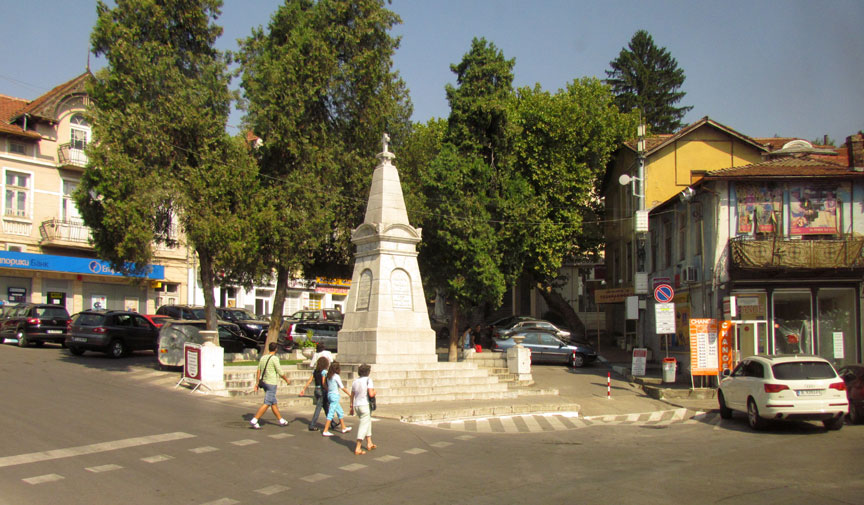
Veliko Tarnovo grew quickly to become the strongest Bulgarian fortification of
the Middle Ages between the 12th and 14th century and the most important
political, economic, cultural and religious centre of the empire. The city was
described by Bulgarian cleric Gregory Tsamblak in the 14th century as "a very
large city, handsome and surrounded by walls with 12,000 to 15,000 inhabitants".
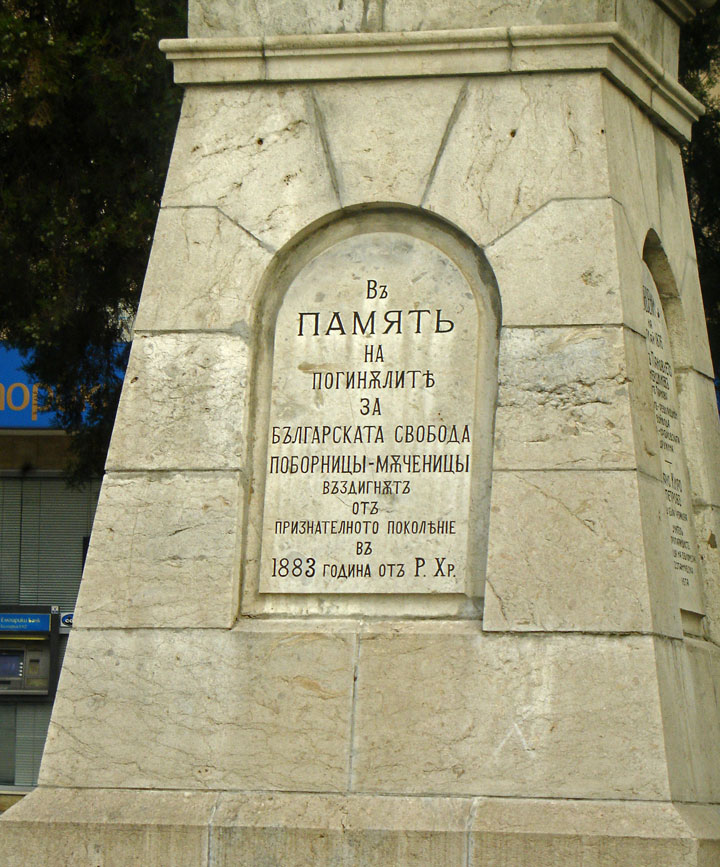
In the 14th century as the Byzantine Empire weakened, Tarnovo claimed to be the
Third Rome based on its preeminent cultural influence in the Balkans and the
Slavic Orthodox world.
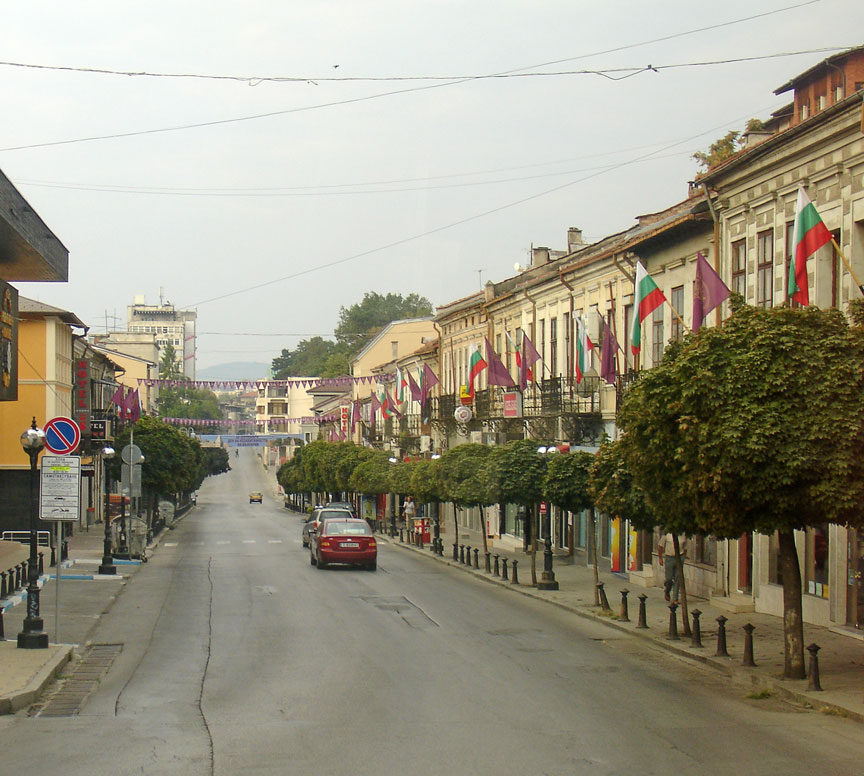
As the capital of the Second Bulgarian Empire, Tarnovo was a quasi-cosmopolitan
city, with many foreign merchants and envoys. It is known that Tarnovo had
Armenian, Jewish and Roman Catholic ("Frankish") merchant quarters besides a
dominant Bulgarian population. The discovery of three Gothic statuette heads
indicates there may have also been a Catholic church.
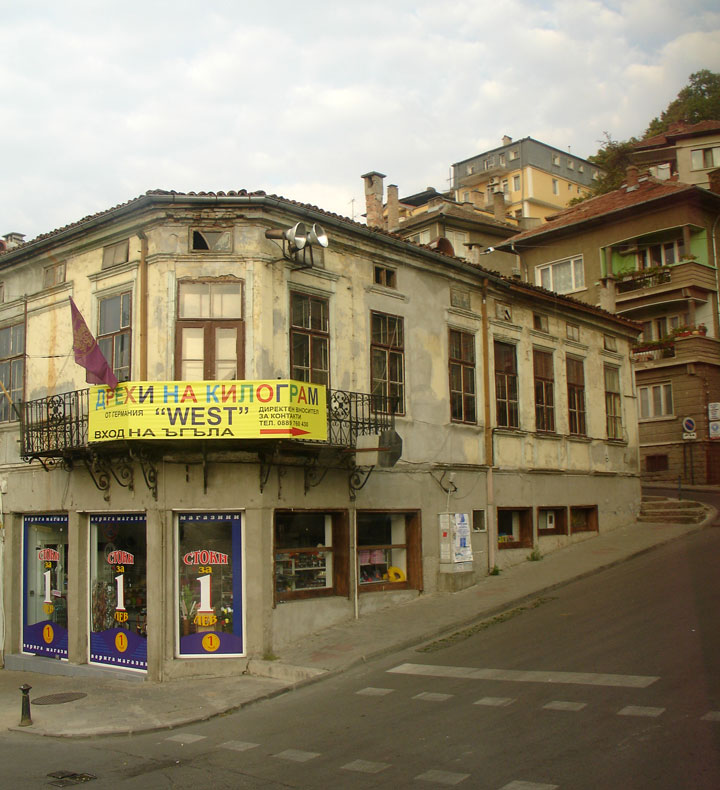
The city flourished and grew for 200 years. Тhe political upsurge and spiritual
development were discontinued on 17 July 1393. After vigorous resistance to a
three-month siege, Veliko Tarnovo was seized and the whole Bulgarian Empire was
destroyed by the Ottoman Empire. Many medieval Bulgarian towns and villages,
monasteries and churches, were burnt to ashes.
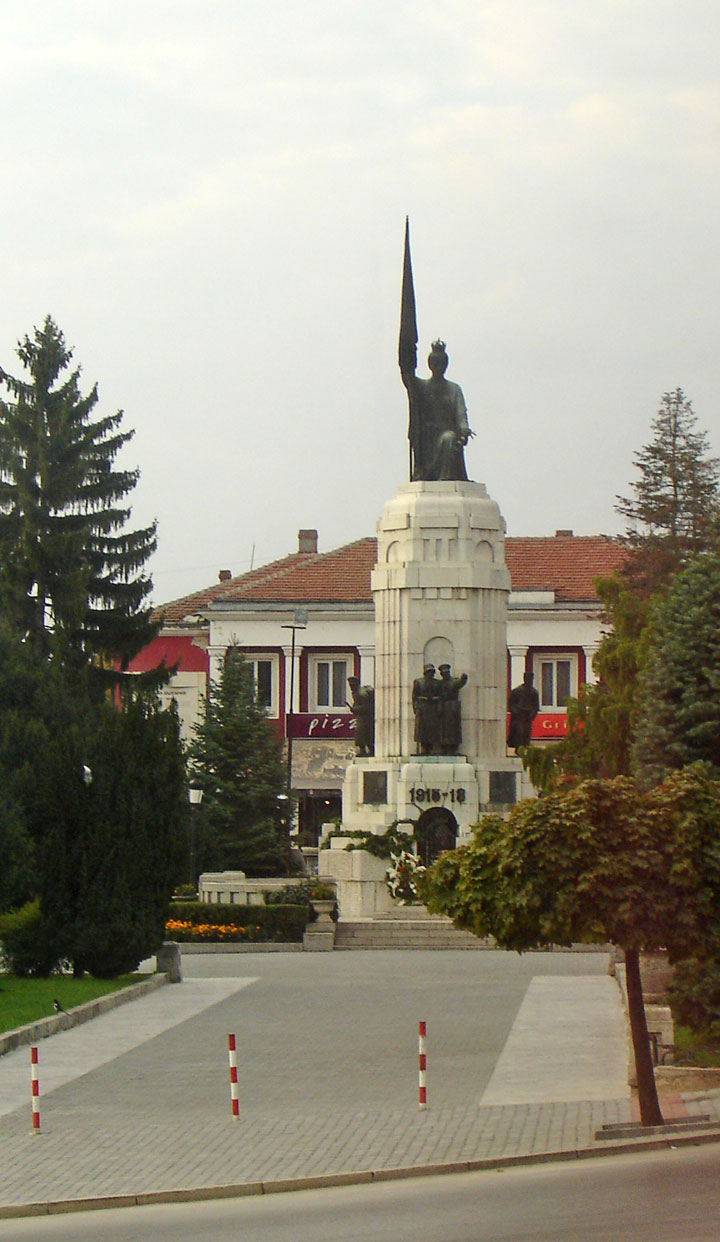
Veliko Tarnovo, known in the Middle Ages as Tarnovgrad (Търновград) and known
during the Ottoman rule as Tırnova, was the location of two uprisings against
Ottoman rule, in 1598 (the First Tarnovo Uprising) and 1686 (the Second Tarnovo
Uprising), both of which failed to liberate Bulgaria. Tarnovo was a district (sanjak)
centre at first in Rumelia Eyalet, after that in Silistria Eyalet and finally in
Danube Vilayet before becoming part of the Principality of Bulgaria.

Tarnovgrad (Tırnova to Ottomans), along with the rest of present-day Bulgaria,
remained under Ottoman rule until the 19th century, when national identity and
culture reasserted themselves as a strengthening resistance movement. The idea
of the establishment of an independent Bulgarian church and nation motivated the
1875 and 1876 uprisings in town. On 23 April 1876, the April Uprising marked the
beginning of the end of the Ottoman occupation. It was soon followed by the
Russo-Turkish War (1877–1878).
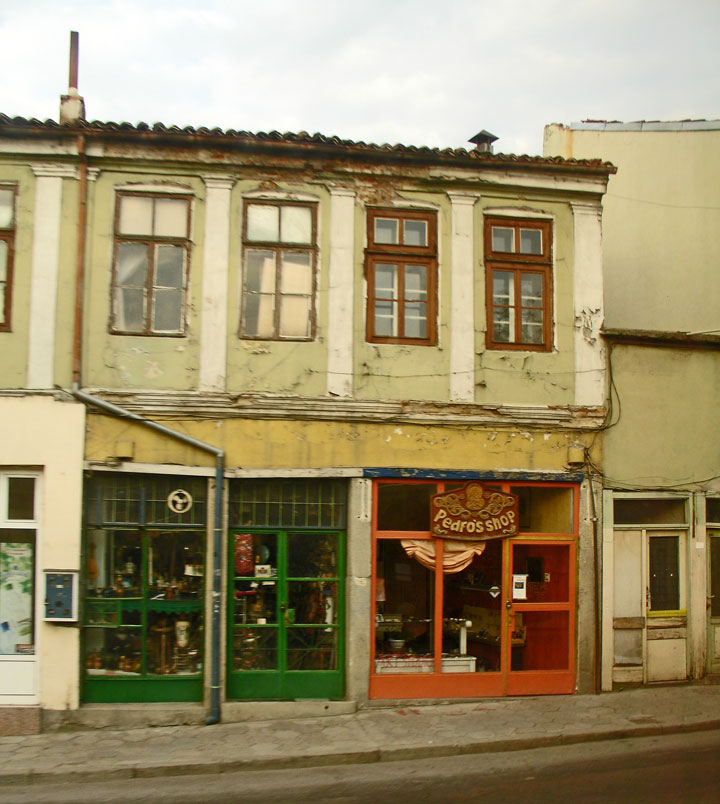
On 7 July 1877, Russian general Joseph Vladimirovich Gourko liberated Veliko
Tarnovo, ending the 480-year-rule of the Ottoman Empire. In 1878, the Treaty of
Berlin created a Principality of Bulgaria between the Danube and the Stara
Planina range, with its seat at the old Bulgarian capital of Veliko Tarnovo.
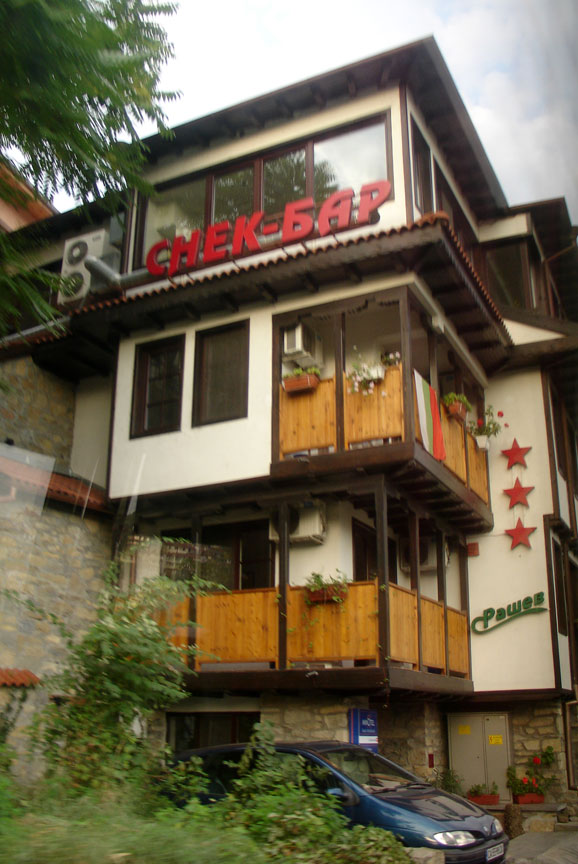
On 17 April 1879, the first National Assembly convened in Veliko Turnovo to
ratify the state's first constitution, known as the Tarnovo Constitution, the
key result of which resulted in the transfer of Parliament from Tarnovgrad to
Sofia, which today remains the Bulgarian capital.
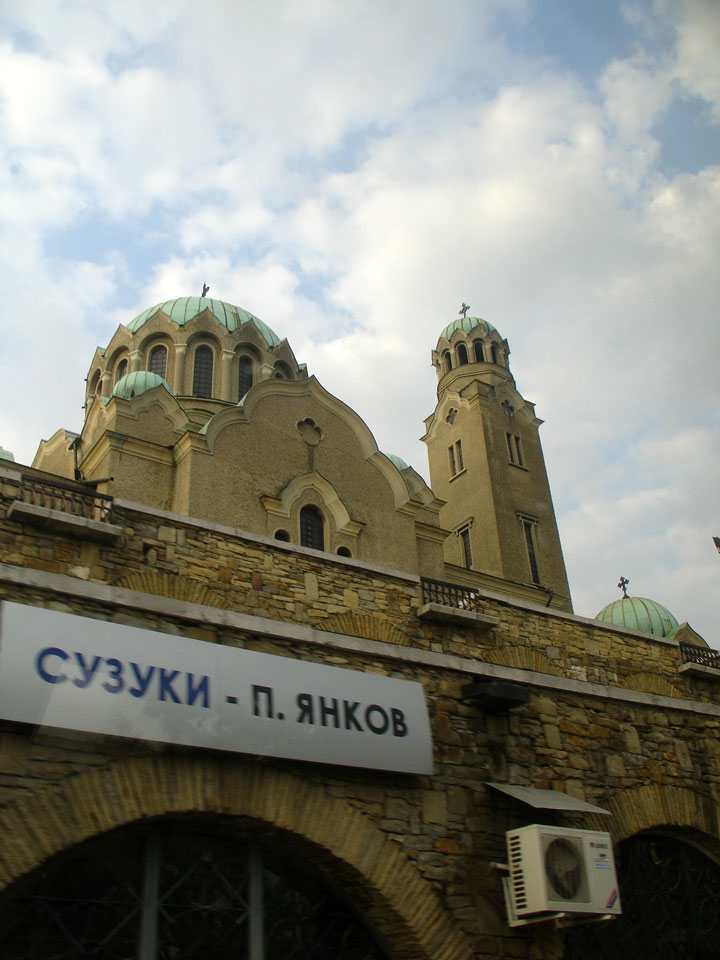
In deference to the city's past, Tsar Ferdinand Saxe-Coburg Gotha chose the St
Forty Martyrs Church in Veliko Tarnovo as the place to declare the complete
independence of Bulgaria on 5 October 1908.
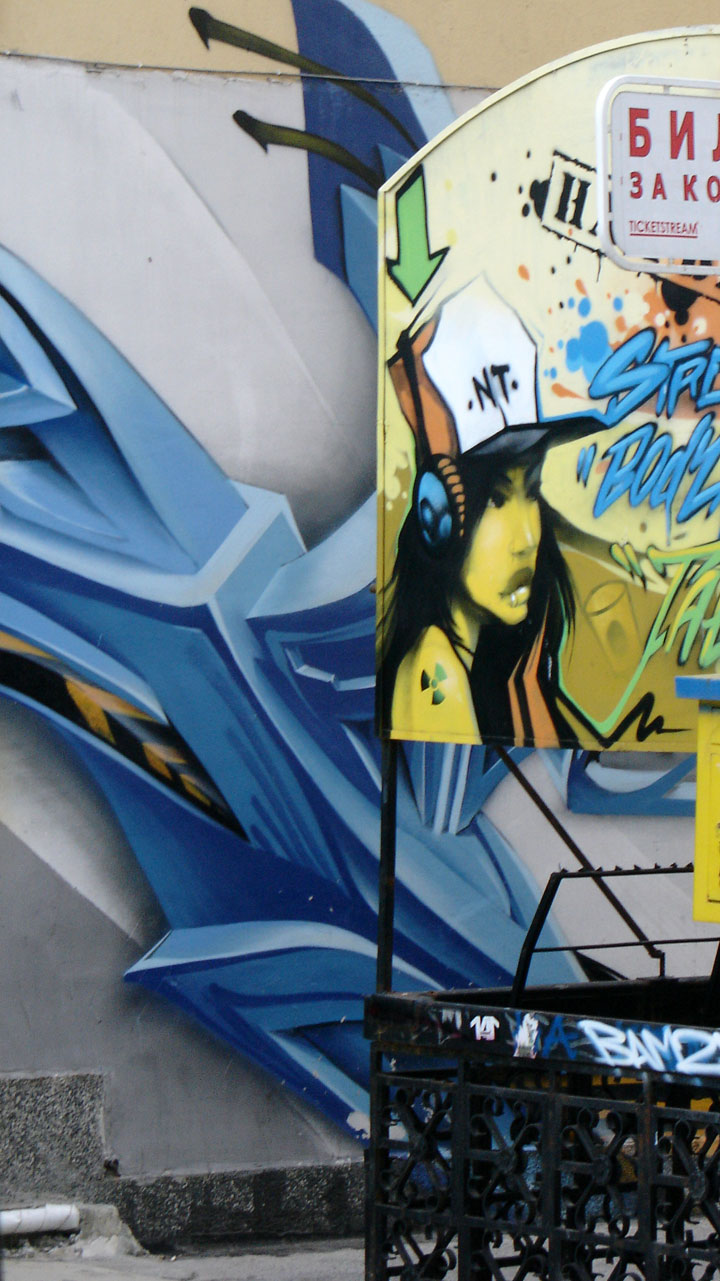
In 1965, the city, then officially known as Tarnovo, was renamed to Veliko
Tarnovo (Great Tarnovo) to commemorate its rich history and importance.
Text from Wikipedia
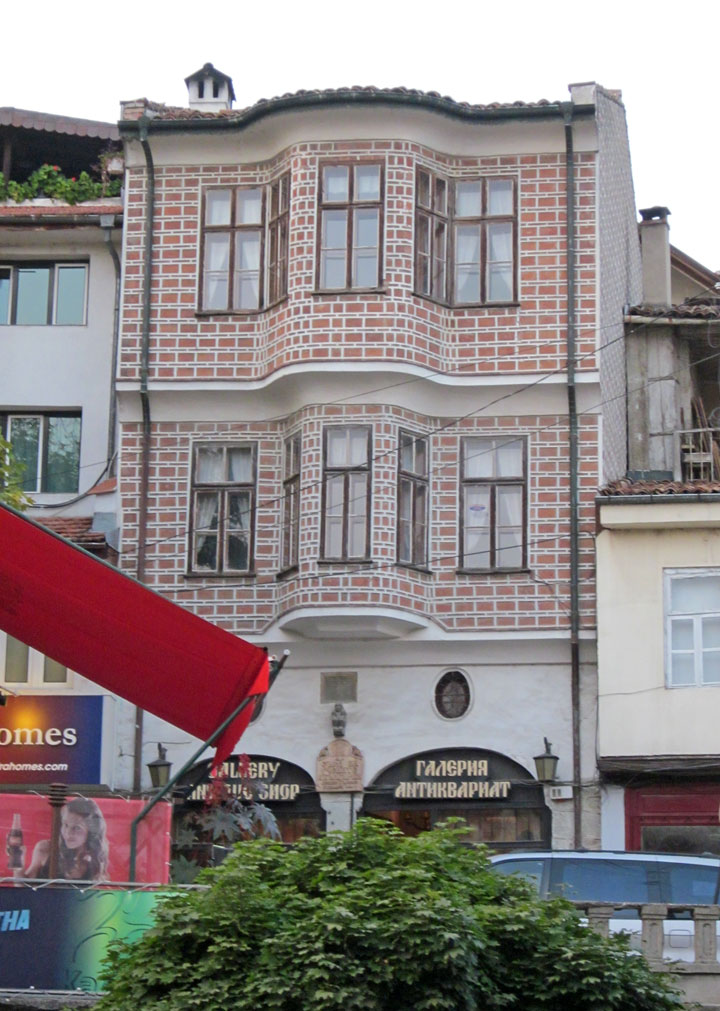
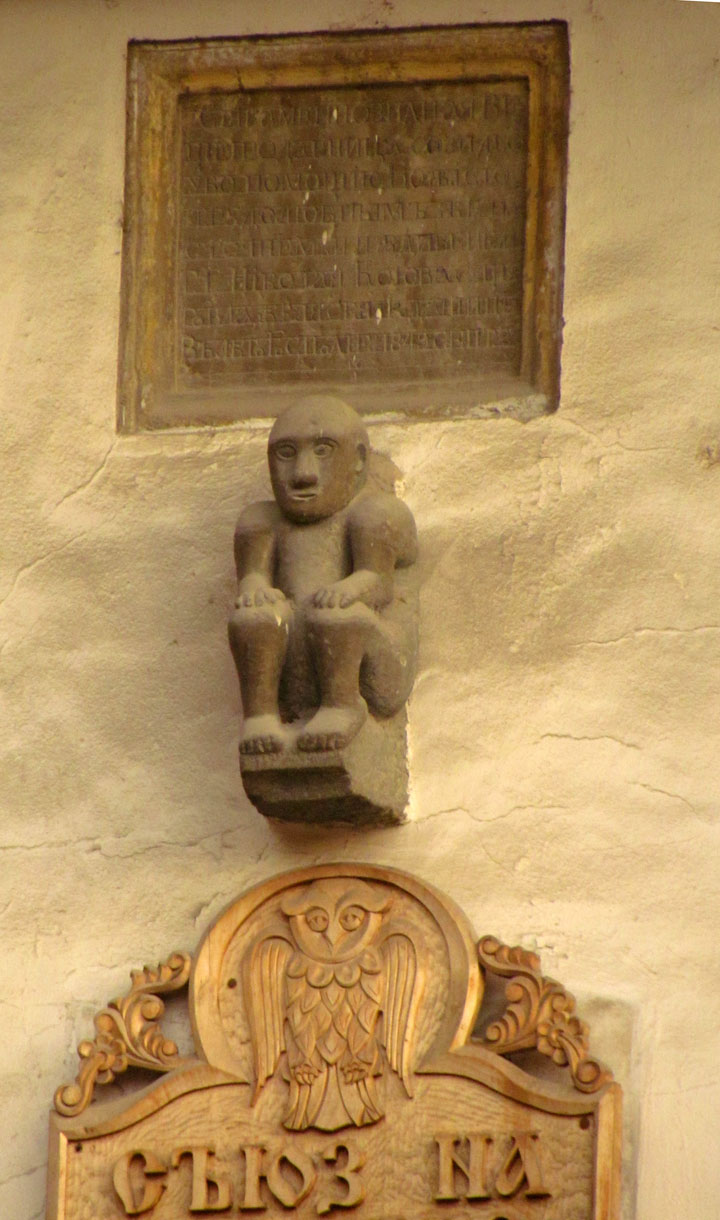
house of the monkey
